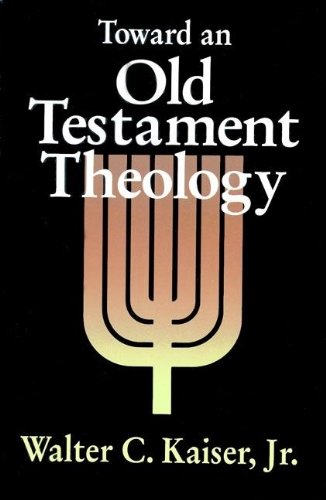This is a reprint of Schweizer’s famous book first published in 1959 (English edition, 1961). As a theological student then, I well recall the pleasure of reading this book which revolutionized ecclesiology. Schweizer’s well-argued thesis that one cannot speak of a ‘New Testament Order of Ministry’ but rather ‘orders’ of ministry, shattered the traditional notion which prevailed that the received doctrine of a three-fold pattern was the apostolic norm.
But that was long ago. I am rather appalled that SCM have considered it right to reproduce the volume in its 1961 form without taking into account the mountain of literature which has grown since then. What about Küng, Rahner, Baumgärtner, Schillebeeckx—to name but a few writers of great importance on ecclesiology? Do we really want to convey the impression to modern theological students that the last word on ministry was offered by Schweizer in 1961?
But it is not just a question of expecting the book to be up-to-date—which, incidentally, was Schweizer’s intention when the book first appeared (p. 7)—but it is also a question of methodology. The fact is that over the last two decades there have been momentous changes in principles of methodology that have had profound effect upon the way we do our theology and the way we look at the apostolic, and, particularly, sub-apostolic writings. Furthermore, I might argue, the experience and interests of the contemporary church make even Scheizer’s work seem stale and rather passé. Modern discovery of the laity has thrown up all kinds of important questions concerning the nature of the church and has forced us to look at the New Testament in new ways, allowing us to see the richness and variety of gifts and ministries which flowed from New Testament congregational life.
George Carey
Vicar of St. Nicholas’ Church, Durham






